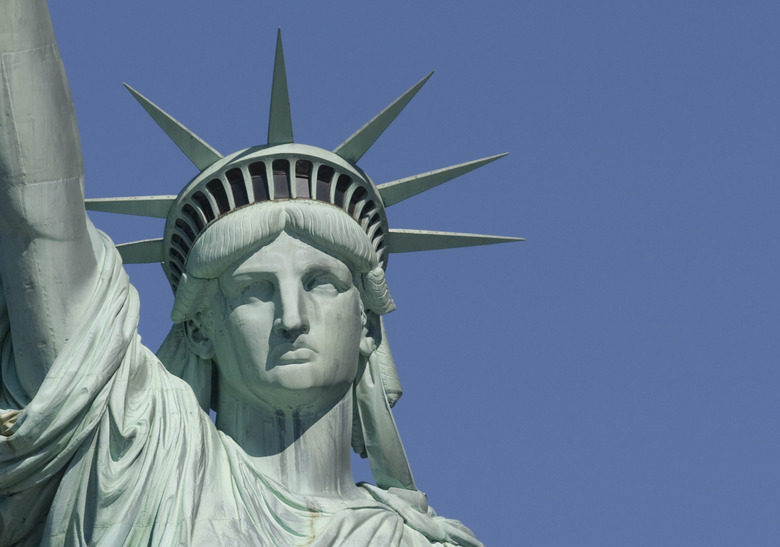How To Test For Bronze
Centuries ago, bronze was a groundbreaking alloy of copper and tin, used for weapons and art. Today, it can be hard to tell the difference between real bronze and fake unless you physically inspect it for characteristics like its weight, magnetism and its patina. If it's a fake, it's quite possible you'll spot small differences from the original.
Weight and Sound
Weight and Sound
Some sculptors opt for a cheaper alternative to real bronze – a mix of resin and bronze powder called cold-cast or bonded bronze. It's not as durable or strong as bronze, and it's also lighter. If you put a foot-tall bronze sculpture on a scale, it will weigh six to ten pounds. The same figure made of bronze resin only weighs a couple of pounds. If you strike a hollow place on the sculpture with a wooden dowel, resin gives a dull thud instead of a ring.
Ironing Out Frauds
Ironing Out Frauds
Iron is another cheap alternative to using bronze in casting a figure. It's stronger and tougher than resin, which makes it easier to pass off as bronze. One simple test is to apply a magnet to the artwork and see if it sticks there. Iron is highly magnetic, and you'll feel the pull in the magnet. If you set a magnet on bronze, it'll fall off. Also, watch for patches of corrosion, because bronze doesn't rust.
Use Your Eyes
Use Your Eyes
If you're looking at an old bronze, you should see a patina; a film that forms on the surface from reaction to the air. If it flakes or scratches off easily, it's probably a painted on patina-substitute. Scratching the patina also shows the surface of the metal underneath. Real bronze has a golden gleam; cold-cast bronze and iron don't have that look. You can also compare a suspect figure with pieces you know are bronze. Some fakes use spelter – zinc with a bronze finish – but it isn't as richly detailed or as shiny as real bronze.
Bronze Clones
Bronze Clones
If you're shopping for a particular piece of bronze, merely confirming that it's made of bronze doesn't guarantee it's the genuine object of art that you want. Some scam artists will duplicate a classic bronze, then sell it as the original. Even in the 19th century, molds often outlasted the death of the artist, so bronze foundries could keep making figures that looked like the original. Compare the figure you're interested in to some authoritative art references.
Cite This Article
MLA
Sherman, Fraser. "How To Test For Bronze" sciencing.com, https://www.sciencing.com/test-bronze-4882400/. 13 March 2018.
APA
Sherman, Fraser. (2018, March 13). How To Test For Bronze. sciencing.com. Retrieved from https://www.sciencing.com/test-bronze-4882400/
Chicago
Sherman, Fraser. How To Test For Bronze last modified March 24, 2022. https://www.sciencing.com/test-bronze-4882400/
